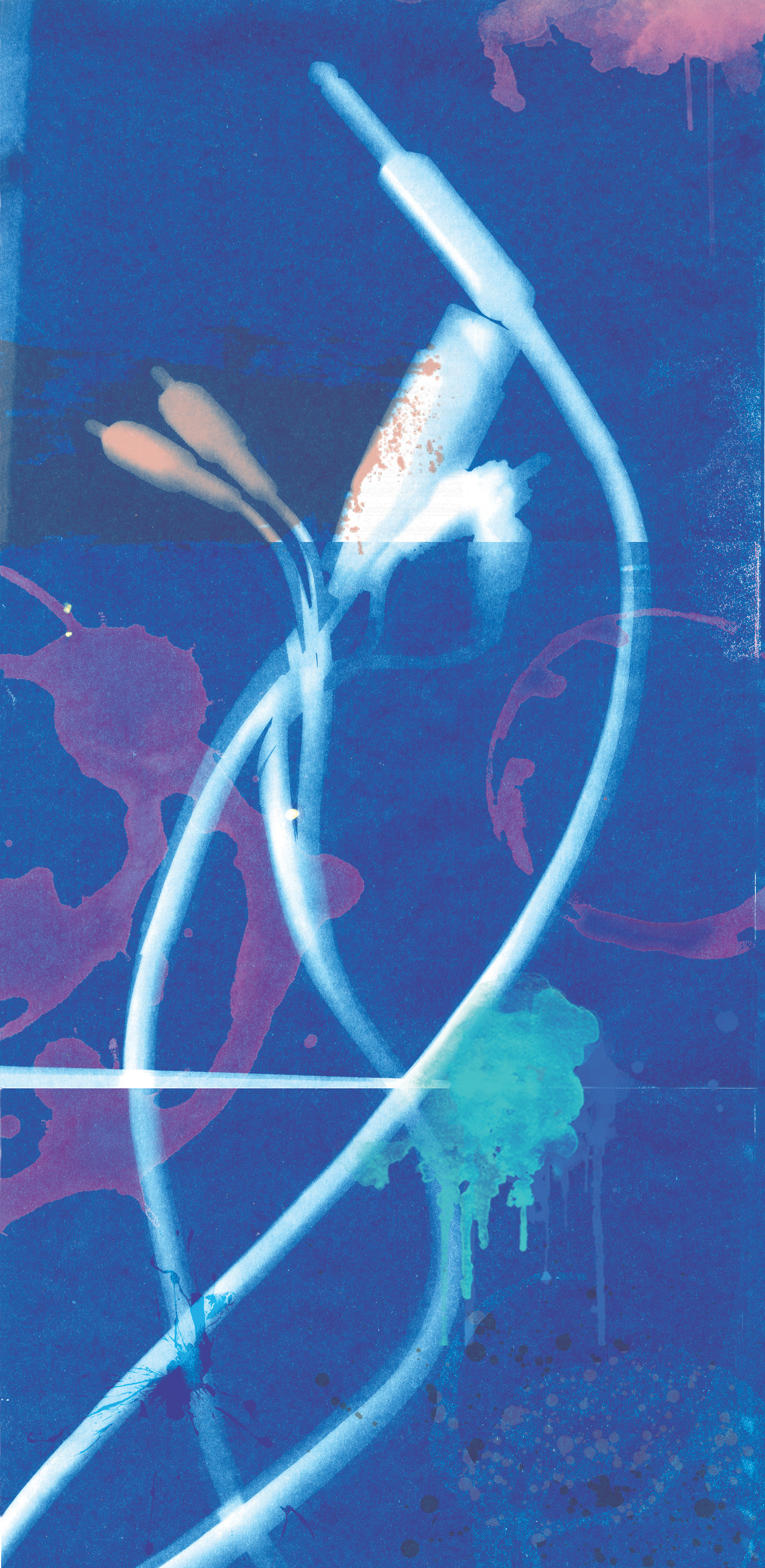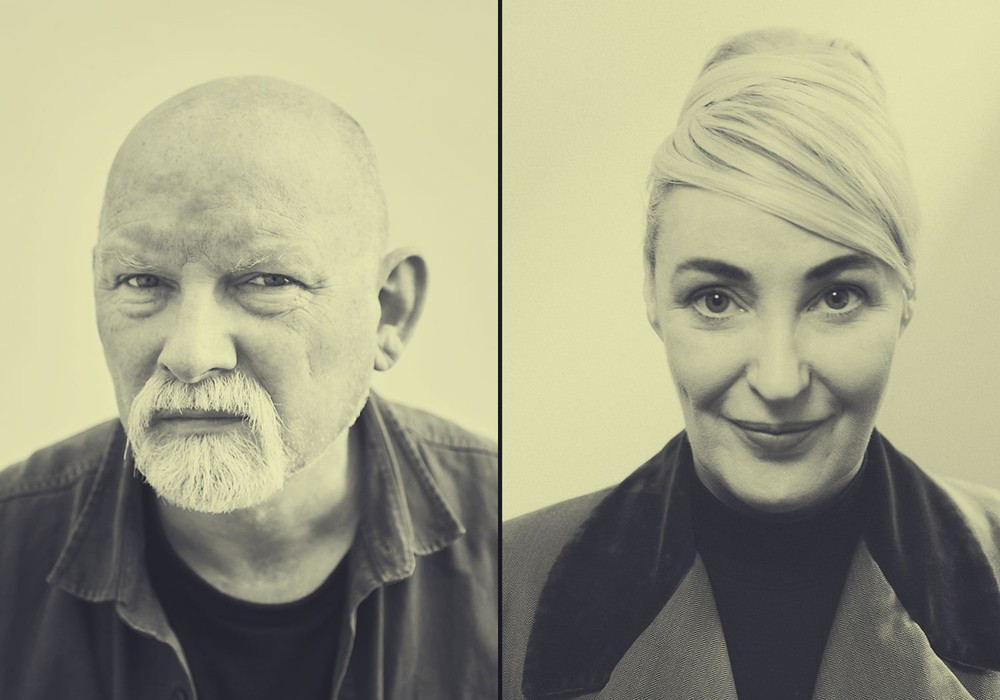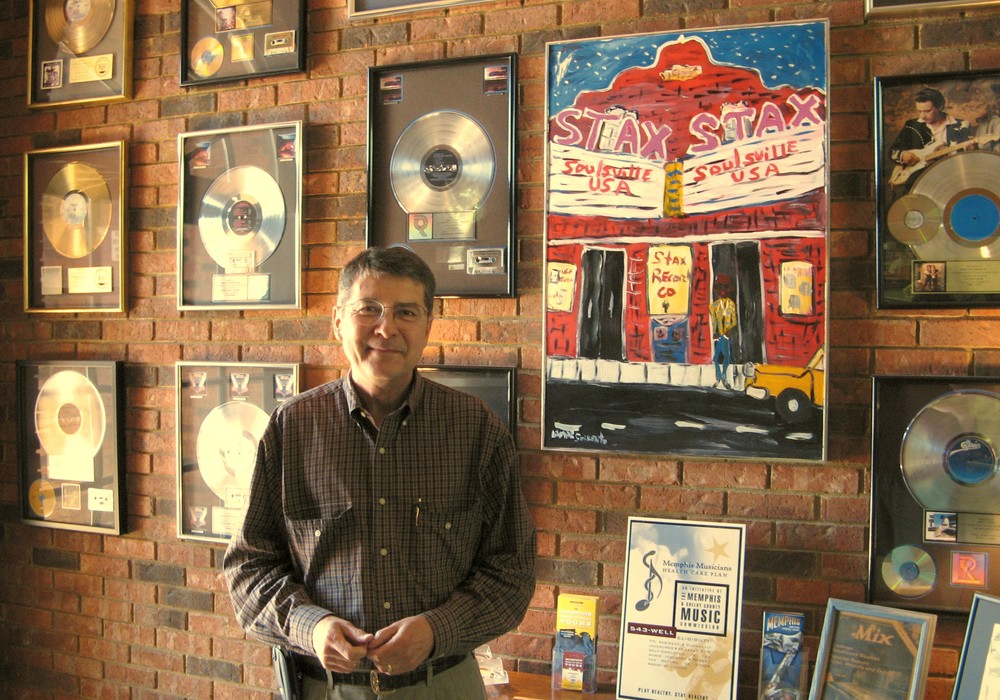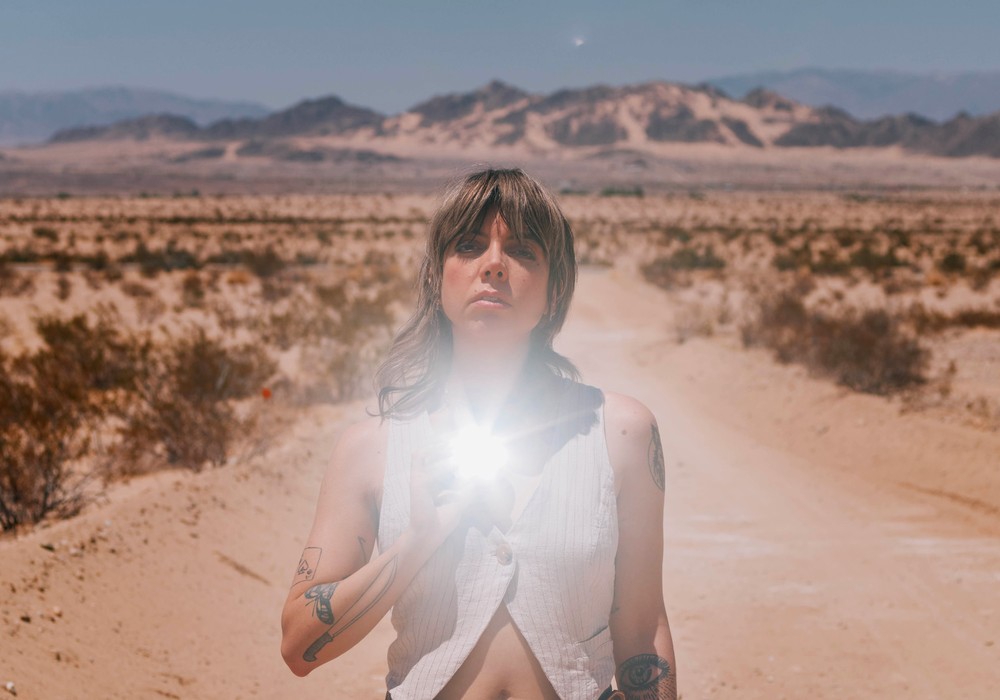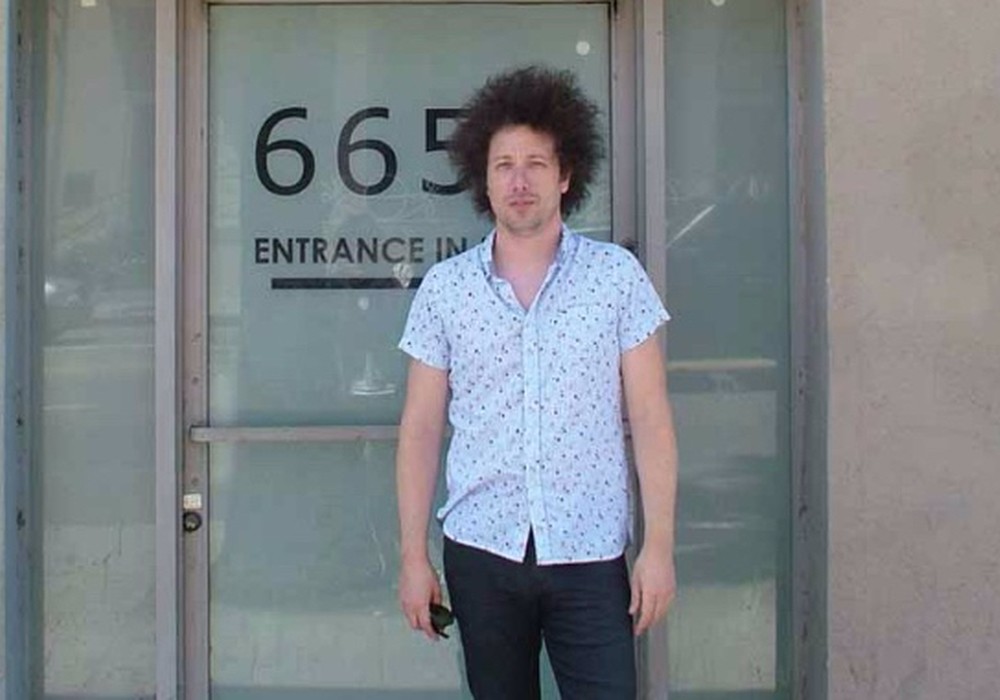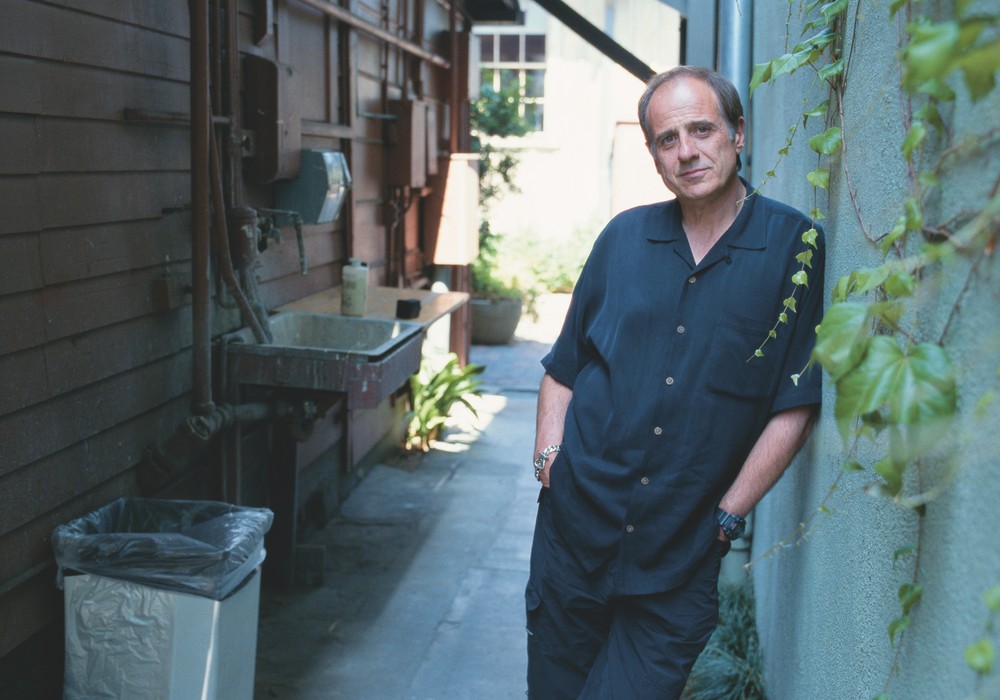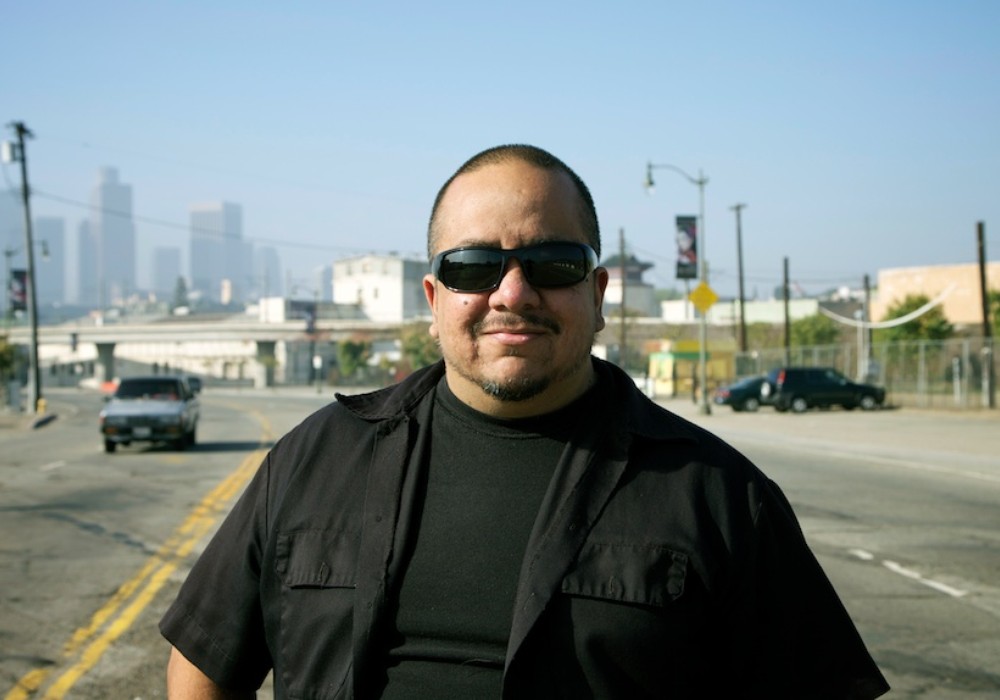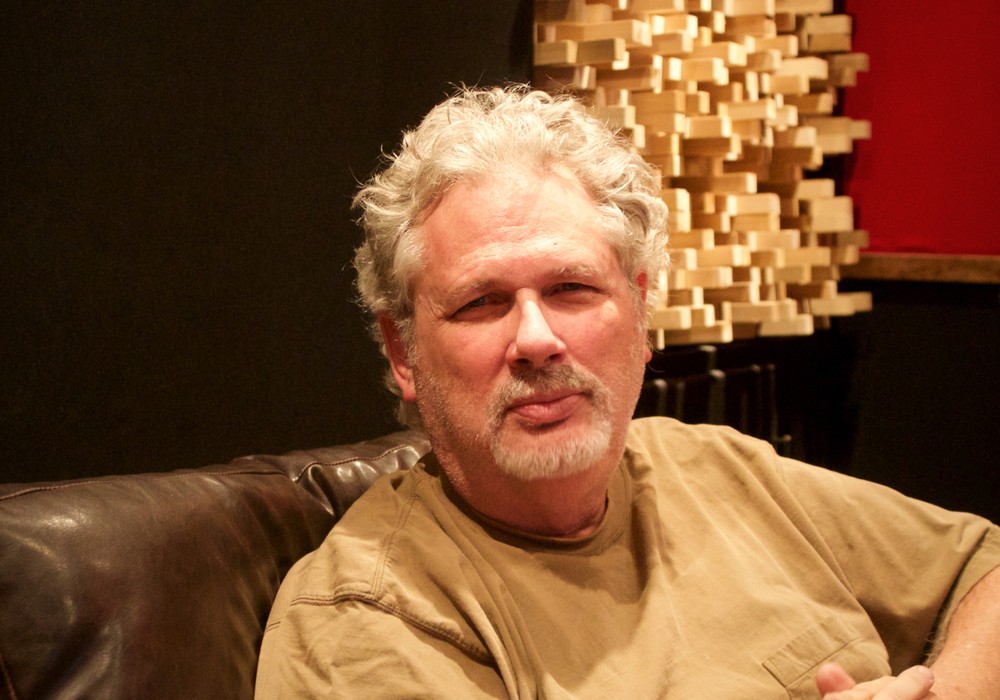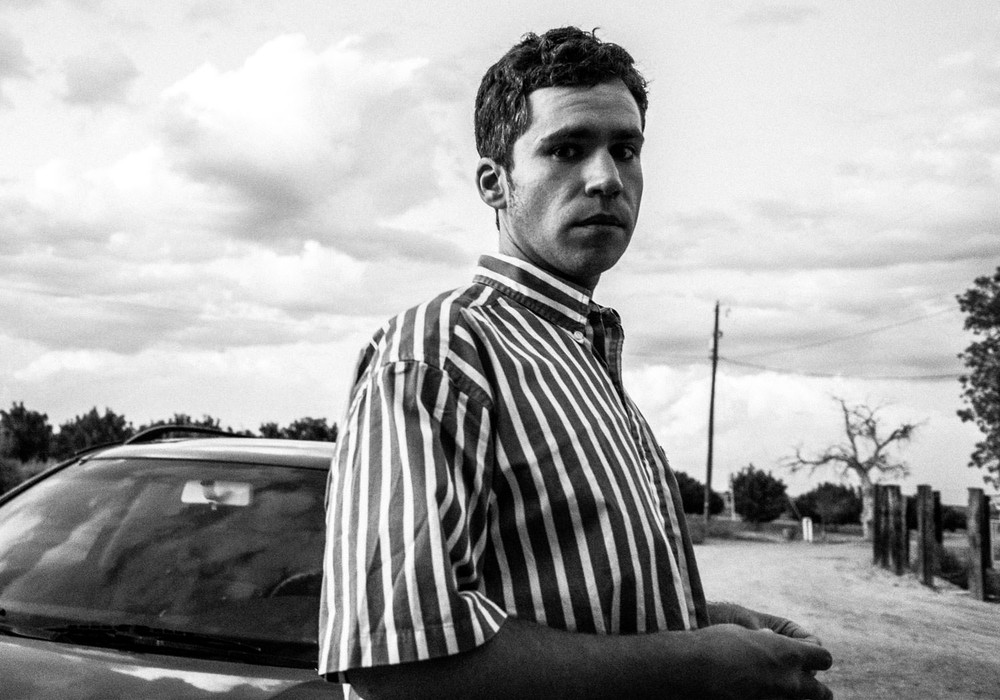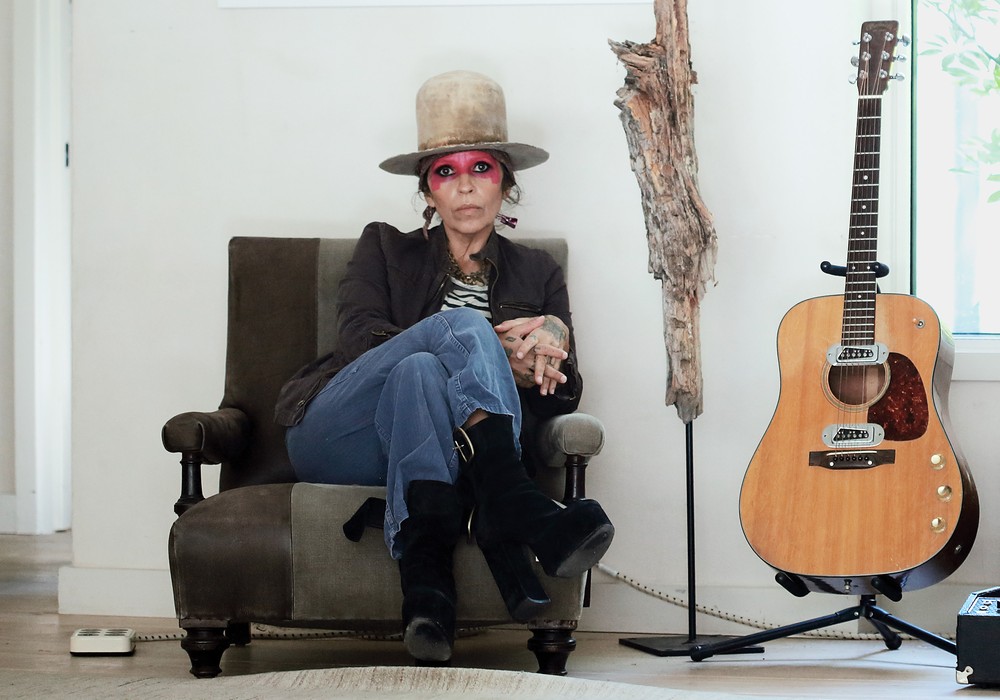Long before I even dreamed of professionally recording or starting a magazine like Tape Op, I was a huge fan of the band Dead Can Dance. Formed by Brendan Perry and Lisa Gerrard in Australia in 1981, the band soon morphed from post punk to creating beautiful, ethereal sounds drawn from ethnic music all over the world, as well as other sonic journeys of their own creation. Their recent album, Dionysus, was recorded entirely by Brendan at his private studio in France, as well as their five previous albums. I was excited for the chance to talk with Brendan about his recordings. I was also surprised to learn about some of his working methods and modest equipment choices over the years.
You've relocated to France?
Yeah, about three years ago we up and left Ireland with the family and a menagerie of animals, and crossed the sea to France.
Did you sell your old church studio, the Quivvy Church, around that time?
Well, it's still for sale actually. A couple of potential sales fell through. It's still on the market. I've got a new studio here now.
Right, that's Ker Landelle?
It's an old stone barn that I converted.
Are you living on the same property?
Yeah. It's like a collection of houses and buildings. It's actually an old farm that was converted with some land, some woods, and a big garden.
You had Quivvy Church for 25 years. I didn't quite realize how much of the recording of Dead Can Dance had been done on your own, and in that space.
And two solo albums, too. I did Eye of the Hunter and Ark there as well.
What led you to having your own space and recording setup, as far as the process and the creativity?
The first three albums we did in professional commercial studios. We got to a point where the technology was so good. I was using sequencers and a secondhand reel-to-reel 8-track. A large part of the budget was actually going into recording those albums. I just saw this opportunity, so I said to Ivo [Watts-Russell] at 4AD [Records], "Why don't you give us the budget you'd give to a recording studio, and we'll invest it in our own studio and start delivering albums that way." Basically I wanted to cut out the middle man. That way we'd obviously have more control, and more studio time. More importantly, right at the beginning we weren't seeing any money coming through for record sales. Getting our money back – seeing that come through really quickly – was much more empowering for us rather than waiting for the initial production debt to clear. So, in that belief we put more and more money aside from the money we'd earned on each album; we also improved the studio and eventually the studio space itself.
You mentioned using an 8-track and sequencers. What was the trajectory of technology you were dealing with? A home studio was not as easy to do 25 years ago as it is right now.
Yeah. There was no access to automation or anything like that – all mixes were done manually. On the digital technology, that front was really coming through and becoming affordable. There were so many formats we experimented with, some weird formats that were kind of aimed at the home recording market. Initially we were using Commodore 64 sequencing. We had that slaved to the very first sampler, an Ensoniq Mirage. Then we would get into the AKAI series, from the S-600 on. That would all be slaved with a mixing desk so that the sequencing would handle quite a few tracks in its own right. Then we would use the 8-track with a sync on one of the tracks.
Right, SMPTE?
Yeah, exactly. We'd be able to sync the Commodore 64. That meant we had the seven tracks available, as well as an eighth track purely for sync audio. We could run all the sequential sampler stuff independently, without having to commit it to tape. It was really empowering. We went from that to the AKAI format. I think it was the 12-track, with the old Betamax tapes. Remember them?
Yes. That's the one that pops its head up occasionally here and there in interviews.
It didn't last long. It was pretty harsh sounding. We pretty much tried every format we could. The more money we got that came into the equation, the more we upgraded and got better gear.
Did you move into tape-based digital, ADATs or DA-88s, at some point?
Yeah, Spirit Chaser was on ADAT. Into the Labyrinth was an interesting one. We did it on a 16-track 1/2-inch; a TEAC [80-8], which had dbx [noise reduction]. It sounds like a lot, 16 tracks on 1/2-inch, but the sound was really good. We did Into the Labyrinth on that, and it even won a few hi-fi audio awards! The...
